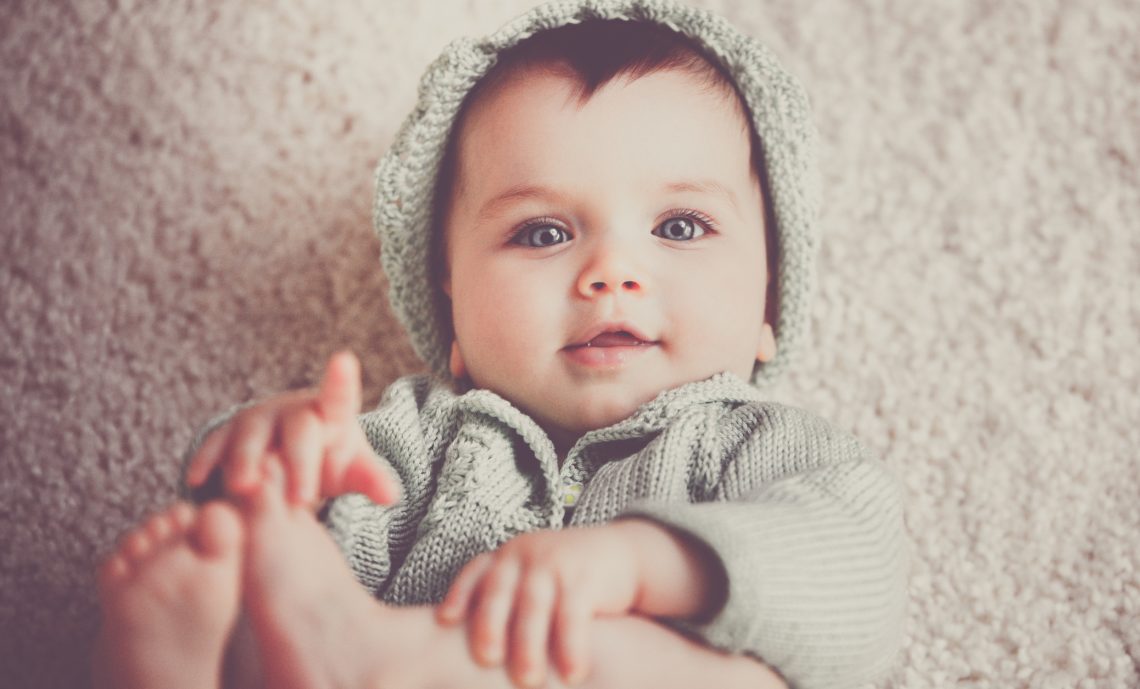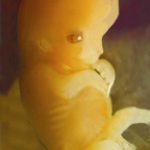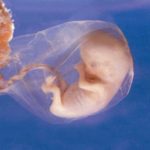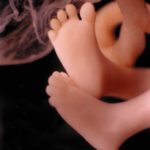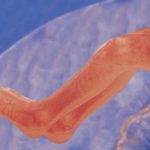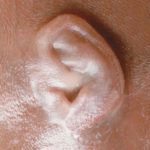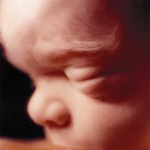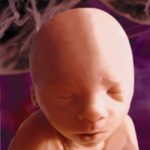Baby Development
Conception begins on the day a woman’s egg is fertilized by a sperm penetrating it. Within a day, the egg begins to develop rapidly. Within a few days the cluster of between 13 and 32 cells leave the fallopian tube and move into the uterus. This group of cells is now called a blastocyst and has increased in size to hundreds of cells. By the eighth day after conception the blastocyst has begun to attach to the wall of the uterus where it will grow at a rapid rate.
The term embryo refers to a developing human from implantation until the eighth week of pregnancy. After the eight week, the unborn child is referred to as a fetus. Ages in this handbook are listed from both the estimated day of conception and from the first day of the last normal menstrual period. Lengths are measured from the top of the head to the rump.
A pregnant woman may notice her first missed menstrual period at the end of the second week after conception, or about four weeks after the first day of her last normal period. There are different kinds of tests for pregnancy. Some may not be accurate for up to three weeks after conception, or five weeks after the first day of the last normal period (Source: Minnesota Woman’s Right to Know Act).
Click here for a detailed explanation of fetal development.
Description of the baby’s development: Human Life International. Used with permission.
Photos were obtained from the Priests for Life website. Used with permission.
These images were taken under the direction of Professor Andrzej Skawina of Collegium Medicum Jagiellonian University, Krakow, Poland and Antoni Marsinek, M.D., of The Czerwiakowski Gynecological and Obstetrics Hospital, Krakow, Poland Photographers: Andrzej Zachwieja and Jan Walczewski

